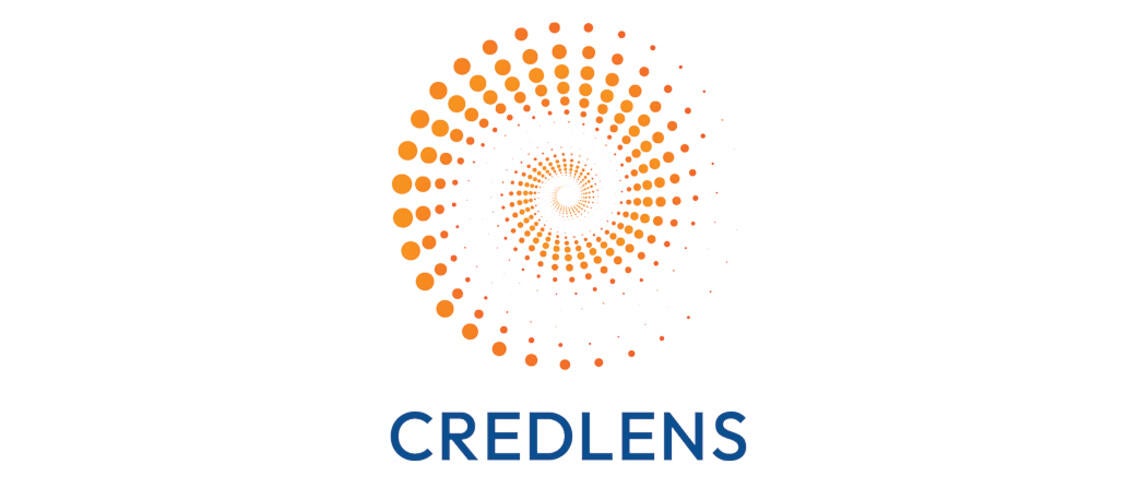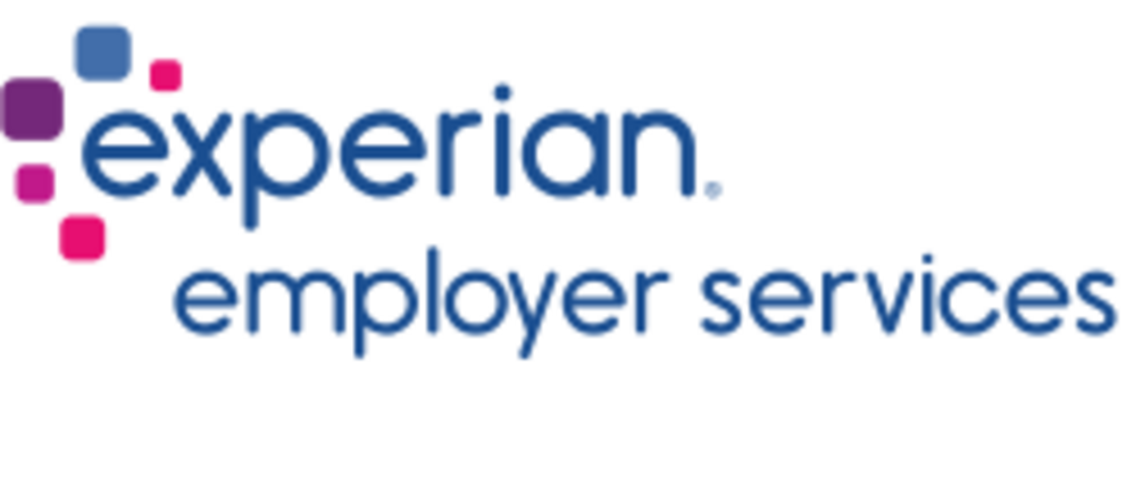EO Award Nomination South Dakota
South Dakota EO Award Nomination: EO State Monitoring Guide
Contact Information of Individual Submitting Nomination
Nominator: Dawn Dovre
Email Address: dawn.dovre@state.sd.us
Agency Name: South Dakota Department of Labor and Regulation
EO State Monitoring Guide
During the April 16, 2019, NASWA Promising Practices Subcommittee call, Derek Gustafson volunteered to develop a new monitoring guide to be shared with all states through the NASWA SharePoint Site. The new guide would replace an outdated guide last updated in 2005. Derek was inspired to take on this challenge after learning other states shared in his frustration in developing a monitoring process that would meet the requirements outlined in 29 CFR 38. Some of the key frustrations shared by State Equal Opportunity representatives during NASWA meetings included the statistical analysis, monitoring tool, staff interviews, and file reviews.
To create the guide, Derek benchmarked Washington, Minnesota, and South Dakota’s monitoring guides and took the best parts from each of them. The guide was designed to provide a baseline guide for the monitoring process that all states could use to develop their own comprehensive monitoring process. Karen Lilledahl from Minnesota also volunteered to help with the development of the monitoring guide and reviewed and provided feedback on the guide. One of the key points Karen provided was to update the guide to have the elements aligned with the newly updated 29 CFR 38 elements.
The new monitoring guide goes beyond just updates to the new regulations by providing a more in-depth explanation of how to meet the requirements, versus just explaining what needs to be done. This is accomplished by providing real examples of how different states are meeting the requirements outlined in the regulations.
A great example of this would be the requirement to conduct a statistical analysis. Prior guides briefly explained the requirement but provided little guidance on how to conduct the statistical analysis. The new guide provides a detailed process of how South Dakota is conducting the statistical analysis.
The goal of the new monitoring guide is to become a working document all States will be encouraged to share their promising practices in for other states to benchmark. The monitoring guide Derek designed is merely a starting point for the beginning of a collaboration between all states.
Describe the nominee's significant contributions towards the understanding and achievement of equal opportunity and nondiscrimination for all employees and customers. Response (400 word limited).
Having a comprehensive Equal Opportunity review processes ensures states can identify barriers to a successful equal opportunity program. The monitoring guide will help the Equal Opportunity Officers and other staff responsible for conducting the Equal Opportunity review identify opportunities to improve processes to increase equal opportunity to employees and customers.
The statistical analysis section of the guide helps identify opportunities to improve services by race, age, disability, gender, and Limited English Proficiency (LEP). This is accomplished by analyzing the customers served to the population demographic of the community being served by these categories. By conducting an effective data analysis, the reviewer can identify outreach opportunities that can improve the services we provide. For example, South Dakota’s Equal Opportunity officer was able to identify outreach opportunities to individuals protected by age after conducting the statistical analysis, which provided data results indicating a need to improve the number of individuals 40 or older being enrolled in WIOA services.
Being able to expand on the information gathered from the statistical analysis through a monitoring tool, file reviews, and in-person interviews is an important part of fully understanding any concerns or improvement opportunities identified. Examples from both South Dakota and Washington of a monitoring tool, file review, and staff interview are provided in the guide. The goal of providing these examples in the monitoring guide is to help states develop their own process to execute these tasks and encourage other states to share their own examples.
The file review template instructs the reviewer to check to ensure the required information is collected and medical and disability information is separate from other documents and adequately protected. The staff interview guide provides examples of possible questions a state can use to effectively interview staff and test the interviewee’s acknowledge and understanding of the Non- Discrimination Plan. The example interview provides questions focused on how to provide equal services to an LEP individual, an individual who is deaf, hard-of-hearing, deaf-blind, and or speech disabled as well as the interviewee’s understanding of the discrimination complaints process.
Provide a statement of results, accomplishments, impacts, and any other appropriate information that demonstrates why the nominee's efforts described in question #1 were an exceptional contribution. Response (400 word limited).
The monitoring guide, which includes the guide and currently seven appendixes, is available for all states who have a NASWA SharePoint account to use as a benchmark to improve their equal opportunity monitoring process.
Julie Squire, a Policy Director and General Counsel of NASWA, has stated, “The monitoring guide will be used for many years to come by State EO Officers.”
While helping finalize the monitoring guide, Karen Lilledahl from Minnesota has stated she really appreciates the idea of sharing monitoring guides as a collaboration effort between states. She further explained she has already began to update Minnesota’s monitoring tool by taking the best parts of Washington, South Dakota, and Minnesota’s monitoring tools. South Dakota’s entire monitoring process was created by benchmarking other states’ Non-Discrimination Plans and other resources. The development process was tedious and challenging because all the information was not in one central location. Derek had to search for the information and go to each individual state’s website to gather the information needed, like a scavenger hunt. The other challenge was trying to determine if the information was relevant or outdated.
The idea behind the creation of the new guide and making it available on the NASWA SharePoint site is to provide a central location for all states to go to benchmark what other states are doing to meet the federal requirements. The new monitoring guide will be a working document that will encourage states to share and improve from each other. Future Equal Opportunity Officers will have an easier onboarding experience and understanding of their role and responsibilities because of the new collaboration process.
For South Dakota, the EO Monitoring guide has helped identify opportunities to improve in LEP data collection, keeping medical and disability information separate from other files and adequately safeguarded, and identify outreach opportunities. South Dakota is now collaborating with other states to address LEP and medical and disability information concerns with a third-party vendor responsible for managing the data.
Examples of work
SD - 01 State Monitoring Guide DG 2020.pdf (45KB)
SD - Appendix I.a_EO MonitoringTool_SD Template 2020.pdf (80.2KB)
SD - Appendix II_Service Area Demographic to Served Analysis_Template 2020.pdf (840.2KB)
SD - Appendix V.a_Employee Interview SD Template 2020.pdf (27.7KB)
SD - Appendix VI_File Review Template 2020.pdf (21.2KB)
SD - NASWA EO Award Statement of Approval 2020.pdf (135.1KB)






































